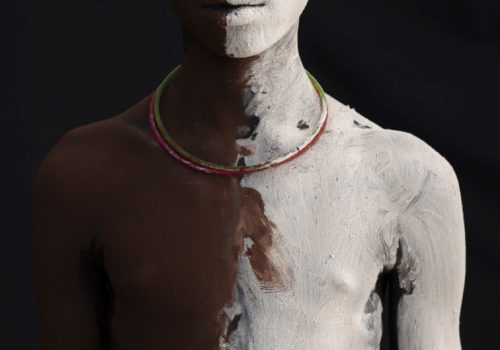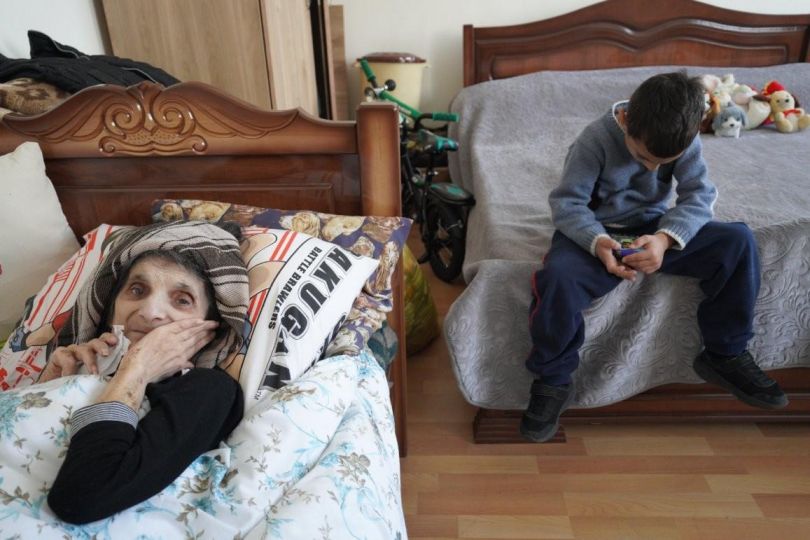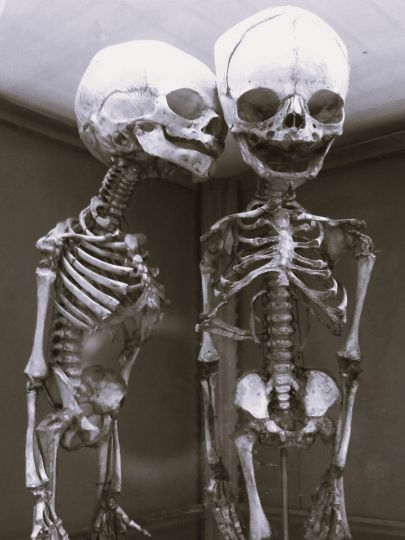For over 30 years, humanitarian and fine art photographer Lisa Kristine has used her lens to reveal the common thread of what makes us human. Blurring the focus on circumstance, experience and preconceived notions, her images force us to pierce through our everyday bubbles, encouraging us as viewers to make a human connection with someone we otherwise may never meet. Her museum quality fine art photographs evoke the familiar in the other, reveal the wisdom of experience and uncover lessons to be learned from humanity’s relationship with nature and our relationship with each other.
Lisa has had an incredible career traveling to over 150 countries and documenting some of the most stunning people and places across the globe However, it her stirring work documenting the persistent struggle against modern day slavery, for which is perhaps best known. As a humanitarian photographer, Lisa’s work has helped bring issues of child slavery, economic bondage and sex trafficking to the world stage.
It is a necessary, but heavy topic and one that the photographer balances by also turning her lens to capturing a global view of the beauty found in our “shared humanity”.
“When I was little kid, I used to sit at the foot of my mom’s bookshelf which housed all of these amazing anthropology books,” she tells me. “I used to go through these books and be fascinated by these people covered in mud, and feathers and ochre, exuding a synergy with nature. From my childlike perspective they seemed very unshakeable to me, and for my childhood which was more chaotic and ungrounded, they felt as solid as the earth itself.”
Her images, known for their deep saturation of color and moody black and whites, evoke a sense of familiarity in the unfamiliar, inviting you to connect with someone of another culture, and uncover a shared feeling.
Lisa’s work compels us to find the beauty in our differences and the common ground we can find in those captured moments.
In sharing these images from her travels, the photographer asks: “We often have this knee jerk reaction of fear and judgement. What if instead of being afraid of our differences we were more curious? How would that change the nature of our relationship with others? How would it change the way the world interacts?” Here Lisa takes us through a selection of images from her stunning back catalogue of work.
Kelly Goucher
Duality: https://lisakristine.com/product/duality-ethiopia/
In Southern Ethiopia the Suri use the creative application of body paint is a means of expression within the Suri tribe, each design representing different meanings whether to ward off spirits, symbolize a strength, attract a mate, or to ward off negativity.
Selecting natural elements gathered from their surroundings, they enhance their soulful relationship with their environment. This young man has chosen to paint using light and dark ochres, symbolizing the natural duality of life.
Winter Horse: https://lisakristine.com/product/winter-horse-nepal/Daaru loved that horse. Horsemanship in the Himalayan regions crucial for transport over the harsh and rugged terrain. In the high altitude of Mustang, the horseman imparted to me that he does not control his horse, he intuits the spirit of him, and in so doing, they work symbiotically. This shared spirit, evident from an early age, he laughed as he told me the story of how he used to steal his father’s horse in the middle of the night, returning in the early hours of the morning, just like many of us might have taken our parent’s car for a joy ride. His special connection to the horse and land, demanding its’ moment.
Himba elder: https://lisakristine.com/product/himba-elder-namibia/
The Himba having endured years of drought, would have to constantly migrate to find food and water. To survive in the oppressive heat, the Himba women would everyday slather fat and red ochre earth to protect their skin but also as a form of self-expression.
Her powerful stance exuding years of wisdom and experience on the land, hid the warmth and generosity she showed me during my time at the village. Like the strong but kindly matriarch of many families, her hospitality and generosity of spirit was touching, telling me, “Come back any time, I am beside the river.”
Clay Pot: https://lisakristine.com/product/clay-pot-myanmar/
Burmese nuns hold effective roles as ritual specialists and educators in the Burmese religious community. As ritual specialists, the nuns officiate at religious ceremonies. They have detailed knowledge of ceremonial procedures to complement the monks’ roles in Buddhist ceremonies.
Like the novice monks, nuns may begin their practice early and live in the monasteries sharing a similar education of learning Buddhist scripture. They are placed there as young children, either out of choice or of necessity, but form strong bonds and often study together in small groups. Their youth and comradery are so relatable, unlocking a similar memory so many of us have shared as children.
Warriors: https://lisakristine.com/product/warriors-papua-new-guinea-2/
Chimbu warriors match their footfall when they walk, and you can feel the earth tremble. They exude force in their beautiful, articulate body paint; both beautiful and intimidating. Living in anonymity until the 1930s, the highland tribes in Papua New Guinea are often at war, resolving disputes with physical confrontation. They live in direct response to their environment, using nature to identify their communities and as an element of self-expression. Another tribe just a few kms away will have a completely different style of paint and language.
Silver: https://lisakristine.com/product/silver-thailand/
The Akha are a semi-nomadic tribe who make their homes along steep slopes of high mountains. Originally from Tibet, the Akha migrated to Thailand during the past 200 years. The Akha adorn themselves in intricate silver ornamentation and embroidered textiles. Despite appearances, they are not a wealthy people, ostracized as a community with little opportunity to build wealth, access health care or own land.
This image was taken in the entry way of this matriarch’s home, built high on bamboo stilts. She sits as if on a throne, draped in her regalia, her stature and expression reminiscent of bejeweled royals immortalized in oil paintings.
Water Prayer: https://lisakristine.com/product/water-prayer-ecuadorian-amazon/
The Shuar are an indigenous people of Ecuador and Peru. They have an intimate relationship with their environment and consider themselves guardians of the forest. Every element, every plant, every waterfall is treated like their children, nurtured and care for to support the complex surrounding ecosystem.
Arutam: https://lisakristine.com/product/arutam-ecuador/
The remote Amazon headwaters along the border of Ecuador and Peru are one of the most biodiverse places on earth. The Achuar tribe that reside here are deeply connected to the land them. The Achuar look for ‘arutam’ a powerful life energy, like manna and soul, that can be sought to enhance their life and spirit. Here, the tribe member when asked where he wanted his portrait taken, brough me to this sacred Kapok tree. He sits among its massive root structure, at one with the ancient forest, absorbing the powerful arutam energetically.
Field of Dreams: https://lisakristine.com/product/field-of-dreams/
Dark skies, signaling the deluge of rain was on its way and here, defiant, stood a member of the Suri tribe, confidently standing in front of her crop of sorghum, as the skies begged to release the rain. It’s an image that to me, shows a symbiotic relationship at work – earth, sky, human and exemplifies our beneficiary relationship with the earth around us.
Naxi Blue: https://lisakristine.com/product/naxi-blue-lijiang/
The Naxi, based in the ancient town of Lijiang in the Yunnan province, number some 278,000 and until recently, were one of the last matriarchal societies in the world. These women have all known each other since birth. They still maintain their unique hold over men in their culture, with flexible arrangements for joint residence, custody of children and women inheriting all property. This group of Naxi women, gathered together have all known each other since birth. Their easy, intimate relationship so similar to that of women around the world. Here a few of them share an inside joke about one of the women’s husbands.
Transcendence: https://lisakristine.com/product/transcendence-bhutan/
As I was walking through the doors of a monastery perched high in the mountains of Bhutan, I turned a corner to walk through the doorway to find ahead of me a monk, close to the edge as a gust of wind blew his robes around him. I felt like he had just morphed into this incredible bird, ready to take off over the Phobijhka valley below.
Prayer Beads: https://lisakristine.com/product/pillar-of-spirit-prayer-beads/
High up in the Himalayas, I met this 100-year-old nun, living in a tiny nunnery up in the mountains of Bhutan. These Buddhist nuns don’t just pray for their community, monastery or country, but for all of us, believing that you do not receive your own enlightenment until everyone has. Here she sits, her age and wisdom, visible in the lifelines of her skin, still praying for our shared enlightenment.
Freedom: https://lisakristine.com/product/freedom-ghana/
Kofi is free today. Tens of thousands are enslaved in fishing villages along Ghana’s Lake Volta, the largest manmade lake in the world. Kofi was enslaved very young and rescued at the age of four or five. I met him in a shelter where he was being rehabilitated from slavery. Forced to grow up too quickly, children rescued from slavery have to learn how to play again and be at ease, but Kofi, as he struggled to pick up a big bucket of water to get over his head, giggled through the task, his resilient sense of play emerging.
A few months after I had returned home, I got news that Kofi had been reunited with his family. When I look into his eyes, I see every child in the world.
Rickshaw Wallah: https://lisakristine.com/wp-content/uploads/2020/10/Lisa_Kristine_com-Rickshaw-Wallah-Kolkata-1.jpg
For many of us seeing a human pull another in a cart is a hard image to rectify mentally and morally. The rickshaw wallahs of Kolkata may not be around much longer. A significant part of India’s socio-economic history for nearly 140 years, the practice has attempted to be banned a number of times, despite the success of an imposed ban in the mid 2000s, the wallahs banded together to oppose the edict, and the city still remains one of the last bastions of the practice. There is a double-edged sword here, but you can’t deny the pride in this man’s relaxed confidence. Rickshaw wallahs work so hard, and their self-recognition of that hard work is evident.
Solitude: https://lisakristine.com/product/solitude-kenya/
The light had gone behind the clouds and created the stunning rays framing the Masai Mara warrior as he leaves to meet the herders in the distance. The Masai, probably one of the most recognizable African tribes, have a deep relationship with nature. This image captures the intimate and yet enormous power of being part of an environment being so much bigger than ourselves. It is a deeply respectful power, these warriors go unafraid, rising up to meet it.
Keepers of Wisdom: https://lisakristine.com/product/keepers-of-wisdom-ethiopia/
The Suri has been living in the Omo River Valley of Southern Ethiopia for centuries. Using their bodies as canvasses, they are known for the elaborate, colorful body and facial decoration used not only for ritual but for expression.
This image of this young person standing amongst the embrace of her elders, is quintessentially significant of community and the passing of feminine wisdom.
Kelly Goucher
















